Home>Articles>How To Hide Electrical Cord On Top Of The Carpet
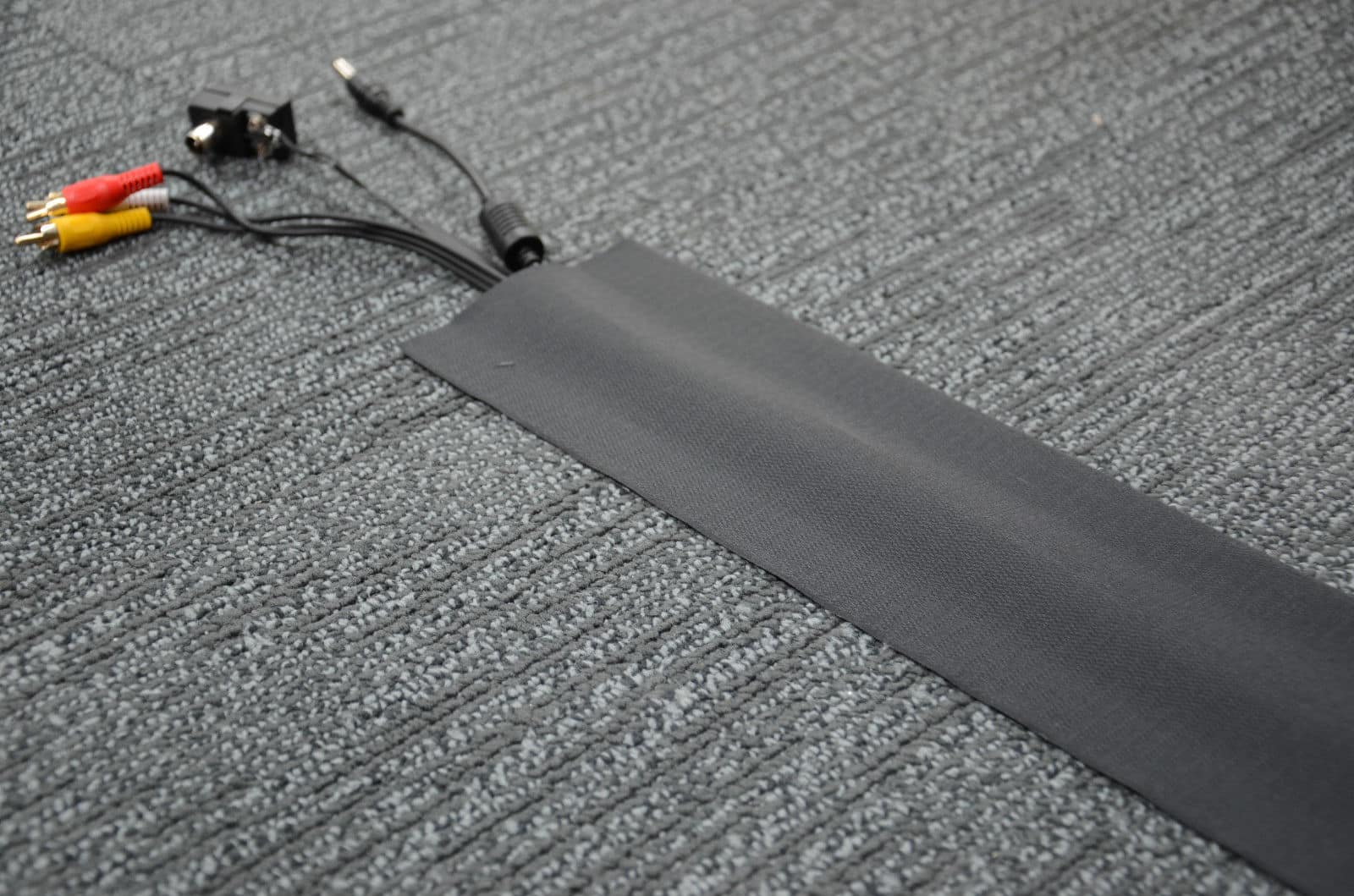

Articles
How To Hide Electrical Cord On Top Of The Carpet
Modified: May 6, 2024
Learn how to hide electrical cords on top of your carpet with these helpful articles. Create a clean and organized look for your space!
(Many of the links in this article redirect to a specific reviewed product. Your purchase of these products through affiliate links helps to generate commission for Storables.com, at no extra cost. Learn more)
Introduction
Electrical cords are an essential part of our modern homes, connecting us to power sources for our devices and appliances. However, the sight of tangled cords running across the carpet can be unsightly and pose a safety hazard. Fortunately, there are ways to hide electrical cords on top of the carpet, providing both a cleaner look and a safer living environment.
In this article, we will explore the reasons why you might want to hide electrical cords on top of the carpet and guide you through the step-by-step process of doing so. By following these instructions, you can regain control over the cable chaos and create a more aesthetically pleasing and organized space.
So, if you’re ready to transform your space and keep those cords out of sight, let’s get started!
Key Takeaways:
- Say goodbye to tangled and unsightly electrical cords on your carpet by following a step-by-step process to effectively hide them. Create a neater, safer, and more organized living space with these practical tips.
- Transform your living space and keep your loved ones safe by concealing electrical cords on top of the carpet. With the right tools and materials, you can achieve a clutter-free environment and enhance the aesthetics of your home.
Read more: How To Hide Electrical Cord On Wall
Reasons for Hiding Electrical Cords on Top of the Carpet
There are several reasons why you might want to hide electrical cords on top of the carpet. Let’s explore a few of the most common ones:
- Aesthetic appeal: Tangled cords can be an eyesore, disrupting the clean and organized look of your living space. By hiding the cords, you can create a neater and more visually pleasing environment.
- Safety concerns: Exposed electrical cords can pose a tripping hazard, especially if you have young children or elderly individuals in your household. Hiding the cords protects both your loved ones and yourself from potential accidents.
- Pet-proofing: If you have pets, you know how tempting electrical cords can be to chew on. By concealing the cords on top of the carpet, you can discourage your furry friends from nibbling on them, preventing potential damage and ensuring their safety.
- Reduced clutter: Hiding electrical cords helps minimize the cluttered appearance of your space. With cords neatly tucked away, you can enjoy a more organized and streamlined living area.
- Enhanced mobility: When cords are scattered across the floor, they can restrict your movement or make it difficult to rearrange furniture. By hiding the cords, you can regain your freedom to move around and easily reconfigure your space.
Whatever your reasons may be, hiding electrical cords on top of the carpet is a practical and effective solution. Not only does it improve the aesthetics of your home, but it also promotes safety and peace of mind for everyone in your household.
Tools and Materials Needed
Before you start hiding electrical cords on top of the carpet, gather the following tools and materials:
- Tape measure: Use a tape measure to accurately measure the length of the electrical cord and determine the amount of cord cover or concealing material you’ll need.
- Cord cover: Cord covers are designed to conceal and protect electrical cords. You can find them in various sizes, materials, and colors to match your carpet and decor.
- Double-sided tape or adhesive: Depending on the type of cord cover you choose, you may need double-sided tape or adhesive to secure it in place on the carpet.
- Carpet-friendly adhesive hooks: If you want to route the cords along the walls or furniture, consider using carpet-friendly adhesive hooks. These hooks are specially designed not to damage your carpet.
- Cable clips or fasteners: Cable clips or fasteners can help secure the cords to the floor or furniture, keeping them neatly in place and preventing them from getting tangled or damaged.
- Cable management sleeves: Cable management sleeves are another option for hiding and organizing multiple cords. These sleeves are typically made of flexible neoprene and can be easily cut to the desired length.
- Cable ties or Velcro straps: Cable ties or Velcro straps are useful for bundling and securing multiple cords together, preventing them from becoming tangled and creating a cleaner look.
- Scissors or utility knife: You’ll need scissors or a utility knife to cut the cord cover or cable management sleeves to the desired length.
- Electrical tape: Electrical tape can be handy for securing loose cords and providing an extra layer of protection.
- Childproofing materials (optional): If you have young children or pets, consider investing in childproofing materials such as cord protectors or cord shorteners to ensure their safety.
With these tools and materials at hand, you’ll be well-prepared to start hiding electrical cords on top of the carpet and create a cleaner, safer, and more organized living space.
Step 1: Measuring and Planning
Before you start hiding electrical cords on top of the carpet, it’s important to measure and plan your layout. This will ensure that you have the necessary materials and a clear vision of how you want to conceal the cords. Follow these steps:
- Measure the length: Use a tape measure to determine the length of the electrical cord that needs to be hidden. Measure from the starting point, such as the power outlet or device, to the desired endpoint, ensuring you have enough cord cover or concealing material to cover the entire length.
- Identify the route: Determine the route along which you want to hide the cord. Consider areas near walls, furniture, or other structures that can provide support and keep the cords out of the way. This will not only make the cords less visible but also help prevent tripping hazards.
- Plan for corners and obstacles: Take note of any corners, doorways, or other obstacles that may require special attention when hiding the cords. Think about how the cord will navigate these areas and plan accordingly to ensure a smooth and seamless concealment.
- Choose the type of cord cover: Based on your measurements and planned route, decide on the type of cord cover or concealing material that best suits your needs. Consider factors such as durability, flexibility, color, and how well it will blend with your carpet and surroundings.
- Consider safety measures: If you have children or pets in the home, it’s crucial to consider their safety. Think about how you can further secure the cords or use additional childproofing materials to prevent any accidents or tampering.
By measuring and planning carefully, you’ll be able to gather the appropriate materials and envision the most effective way to hide the electrical cords on top of the carpet. This initial step sets the foundation for a successful cord concealment project.
Step 2: Preparing the Area
Once you have measured and planned the layout for hiding your electrical cords on top of the carpet, it’s time to prepare the area before you start concealing them. Follow these steps to ensure a smooth and hassle-free process:
- Clean the carpet: Before you begin, make sure the area of the carpet where the cords will be concealed is clean and free from any dirt, debris, or loose fibers. Use a vacuum cleaner or a carpet cleaner to ensure a clean surface.
- Remove obstacles: Clear the area of any furniture, rugs, or other obstacles that may interfere with the cord concealment process. This will provide you with a clear and open space to work with.
- Secure loose cords: If there are any loose cords that are not directly connected to devices, secure them using cable ties or Velcro straps. This will prevent the cords from tangling or getting in the way as you work on hiding them.
- Prepare adhesive or hooks: If you plan to use adhesive or hooks to secure the cord cover along the wall or furniture, make sure they are clean and ready for application. Remove any dust, dirt, or grease to ensure proper adhesion.
- Warm up adhesive: If you are using double-sided tape or adhesive for attaching the cord cover, warm it up slightly with a hairdryer. This will make it more pliable and enhance its sticking power, ensuring a secure and long-lasting attachment.
- Test adhesive: Before applying the adhesive or hooks, test them in a discreet area of the carpet to ensure that they do not cause any damage or leave residue. If there are any concerns, consider using alternative methods for securing the cord cover.
- Organize cords: Arrange your cords in the desired order or bundle them together using cable ties or Velcro straps. This will make it easier to manage and conceal them during the next steps.
By properly preparing the area before hiding the electrical cords, you can ensure a clean, safe, and effective concealment process. Taking the time to complete these preparation steps will set you up for success in the subsequent stages of the project.
Use a cable concealer or cord cover to hide electrical cords on top of the carpet. These are easy to install and come in various colors to match your carpet.
Read more: How To Hide Electric Recliner Cords
Step 3: Securing the Electrical Cord
With the area prepared, you’re ready to move on to the next step: securing the electrical cord. This step involves properly fastening and positioning the cord to ensure it stays in place and remains hidden. Follow these steps for a secure and tidy cord concealment:
- Attach cable clips or fasteners: If you’re routing the cord along the floor or furniture, use cable clips or fasteners to secure it in place. Place the clips or fasteners at regular intervals along the route, ensuring that the cord is snugly fitted into them. This will prevent the cord from shifting or getting tangled.
- Apply double-sided tape or adhesive: If you’re using a cord cover that requires adhesive for attachment, apply the double-sided tape or adhesive along the bottom of the cord cover. Press the adhesive side firmly against the carpet, ensuring that it adheres securely. For added stability, you can also apply adhesive to the back of the cord cover.
- Position the cord cover: Carefully position the cord cover over the electrical cord, ensuring that it completely covers the cord and sits flush against the carpet. Press it down firmly to ensure a secure attachment. If needed, use additional tape or adhesive in strategic spots to hold the cord cover in place.
- Route along walls or furniture: If you prefer to route the cord along the walls or furniture, use carpet-friendly adhesive hooks to secure the cord. Attach the hooks at regular intervals, making sure they are strong enough to support the weight of the cord. Carefully place the cord in the hooks, keeping it taut and free from any drooping or sagging.
- Keep safety in mind: As you secure the cord, ensure that it is positioned in a way that minimizes tripping hazards and potential damage. Avoid placing the cord near heating sources, under heavy furniture, or in areas where it may come into contact with liquids. Take any necessary precautions to ensure the cord is safe and protected.
By securely fastening and positioning the electrical cord, you can create a neat and organized appearance while keeping safety in mind. Take your time to ensure the cord is properly secured, and make any adjustments needed to achieve a clean and seamless concealment.
Step 4: Concealing the Electrical Cord
Now that the electrical cord is securely fastened, it’s time to conceal it to achieve a seamless and polished look. Concealing the cord involves using cord covers or other materials to hide it from view. Follow these steps to effectively conceal the electrical cord:
- Measure and cut the cord cover: Measure the length of the electrical cord cover needed to conceal your entire cord. Using scissors or a utility knife, carefully cut the cord cover to the appropriate length.
- Position the cord cover: Place the cord cover over the secured electrical cord, ensuring that it completely covers the cord from end to end. Align the cord cover with the edges of the carpet to create a seamless integration.
- Secure the cord cover: If the cord cover has adhesive backing, press it firmly against the carpet to secure it in place. Alternatively, use double-sided tape or adhesive to secure the cord cover if needed. Ensure that the cord cover is firmly attached and lies flat against the carpet.
- Tuck the cord cover: If you prefer a more discreet look, you can carefully tuck the cord cover between the baseboard and the carpet. Use a tool such as a putty knife or a credit card to gently push the cord cover into the crevice. This method can create a cleaner, minimalist appearance.
- Camouflage with furniture or rugs: Another way to conceal the cord is by strategically placing furniture or rugs over it. Arrange your furniture in a way that hides the cord underneath, or position a rug over the cord to camouflage it. This not only conceals the cord but also adds an aesthetic touch to your space.
- Additional cord management options: If you have multiple cords to conceal, you can use cable management sleeves or other cord management solutions. These sleeves can bundle and hide multiple cords, keeping them organized and further reducing visual clutter.
By following these steps, you can effectively conceal the electrical cord on top of the carpet, achieving a clean and tidy appearance. Remember to consider your preferred method of concealment, whether it’s using cord covers, tucking, or utilizing furniture and rugs to camouflage the cord.
Step 5: Final Touches and Safety Measures
As you near the completion of hiding the electrical cord on top of the carpet, there are a few final touches and safety measures to consider. These steps will ensure that your cord concealment is not only aesthetically pleasing but also safe and practical. Follow these guidelines for finishing touches:
- Trim excess cord: If there is any excess electrical cord remaining after the concealment, carefully trim it to ensure a clean and tidy appearance. Use sharp scissors or a utility knife to cut the cord with caution, avoiding any accidental damage to the cord or the surrounding area.
- Inspect for any loose connections: Take a moment to inspect the electrical cord and confirm that all connections are secure. Check that the cord is properly plugged into outlets or devices and that there are no loose or exposed wires. Address any issues or concerns before completing the project.
- Ensure proper ventilation: If you’re hiding cords near electronic devices, ensure that there is sufficient airflow to prevent overheating. Avoid covering cords too tightly or placing them in areas with limited ventilation, as this can pose a risk of fire or damage to the devices.
- Maintain accessibility: While concealing the electrical cord, ensure that it remains easily accessible when needed. Avoid completely burying or blocking the cord under heavy furniture or objects, as this can make it challenging to disconnect or adjust the cord in the future.
- Regularly check for wear or damage: Periodically inspect the cord and the cord cover for any signs of wear, fraying, or damage. If you notice any issues, promptly replace or repair the cord to prevent potential hazards.
- Exercise caution and common sense: Finally, it’s important to exercise caution and apply common sense when dealing with electrical cords. Avoid overloading sockets, use surge protectors when necessary, and unplug devices when not in use. Regularly check the condition of cords and seek professional help if needed.
By attending to these final touches and safety measures, you can ensure a successful and secure cord concealment project. Take the time to trim excess cord, inspect connections, prioritize ventilation, maintain accessibility, and regularly assess for wear or damage.
With these steps completed, you can enjoy the benefits of a tidy, organized space and a reduced risk of accidents or hazards related to exposed electrical cords on top of the carpet.
Conclusion
Hiding electrical cords on top of the carpet is a practical and effective way to create a cleaner, safer, and more organized living space. By following the step-by-step process outlined in this article, you can effectively conceal those unsightly cords, enhancing the aesthetic appeal of your home while ensuring the safety of your household members.
Throughout this guide, we have explored the reasons for concealing electrical cords, the tools and materials needed for the task, and the step-by-step process to secure and conceal the cords. We have also discussed important safety measures and final touches to consider to further enhance the outcome of your cord concealment project.
Remember, when measuring and planning, take into account the route and obstacles that may affect cord concealing. Ensure you have all the necessary tools and materials, such as cord covers, adhesive, and cable management solutions. Secure the electrical cord using cable clips, adhesive, or hooks, depending on your desired method. Conceal the cord by using cord covers, tucking, or utilizing furniture and rugs to camouflage it.
Lastly, trim any excess cord, inspect connections, ensure proper ventilation, maintain accessibility, and regularly check for wear or damage to ensure a safe and efficient cord concealment.
By successfully hiding electrical cords on top of the carpet, you can enjoy a clutter-free environment, eliminate tripping hazards, protect against pet damage, and enhance the overall aesthetics of your space.
So, what are you waiting for? Take control of the cable chaos and embark on your cord concealment project. With a little time and effort, you’ll be able to transform your space into a tidy, organized haven, free from the visual and physical hindrance of exposed electrical cords.
Now that you've mastered hiding electrical cords on your carpet, why not step up your organizing game? If you're keen on maintaining a tidy home, dive into our guide on 9 best electrical cord management for 2024, packed with top strategies. Or, if maximizing space while keeping style in check sounds appealing, our detailed review on the best fabric storage cubes for better home organization, is just what you need. Both articles offer clever tips guaranteed to spruce up your living space efficiently!
Frequently Asked Questions about How To Hide Electrical Cord On Top Of The Carpet
Was this page helpful?
At Storables.com, we guarantee accurate and reliable information. Our content, validated by Expert Board Contributors, is crafted following stringent Editorial Policies. We're committed to providing you with well-researched, expert-backed insights for all your informational needs.
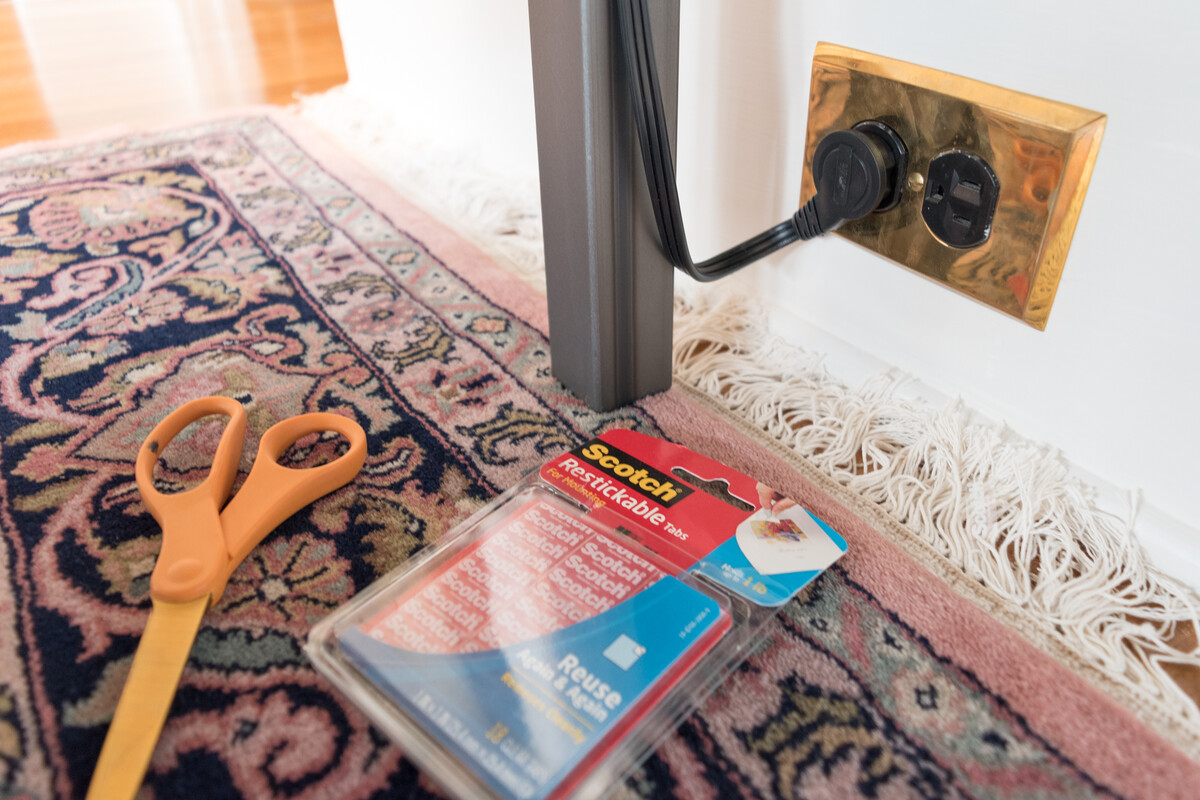
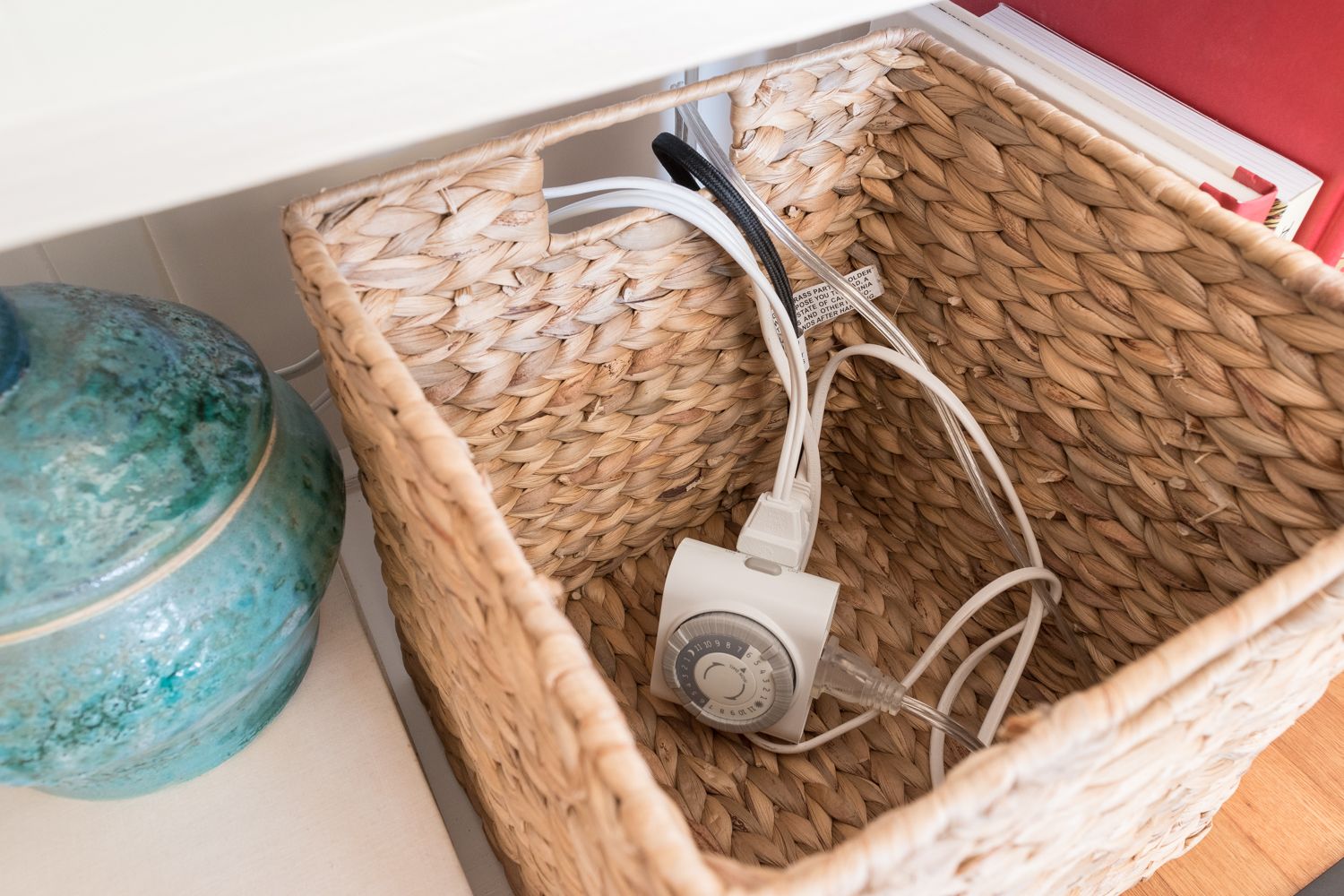

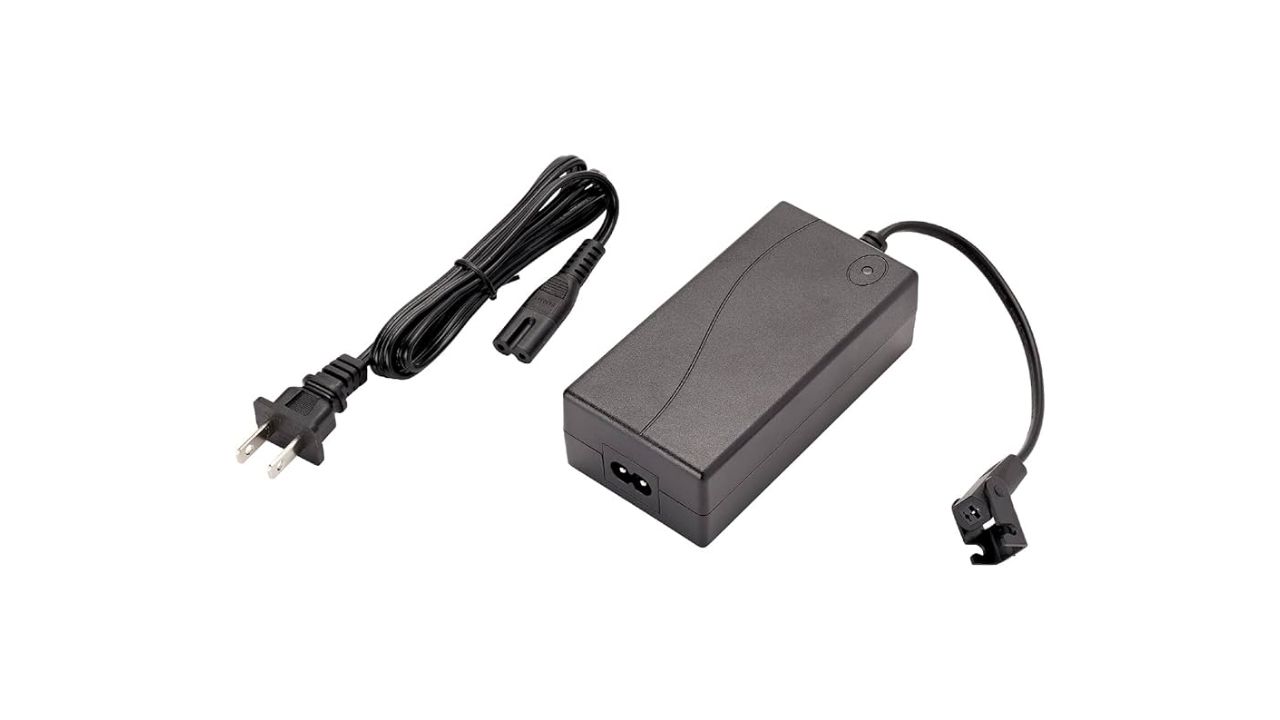
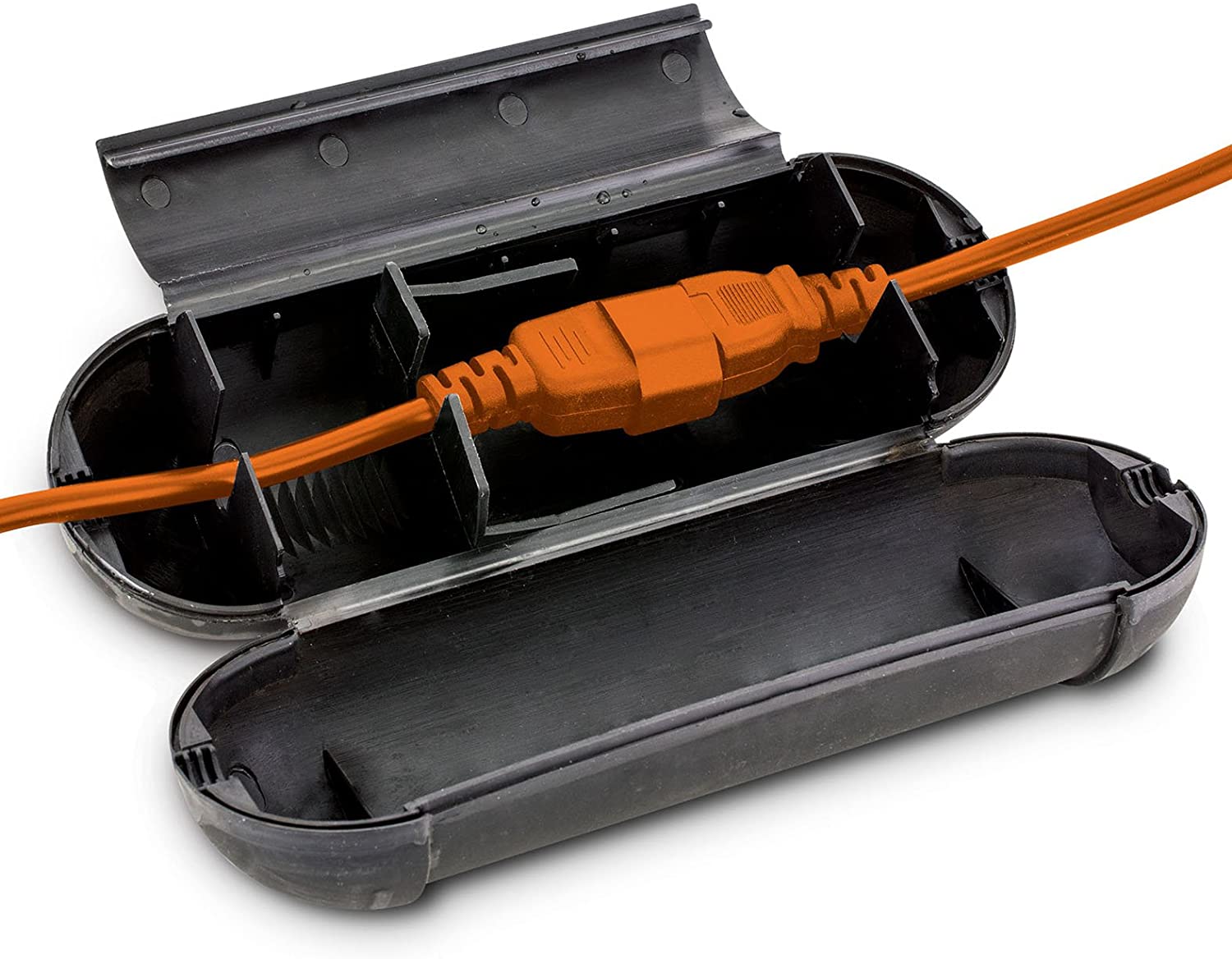
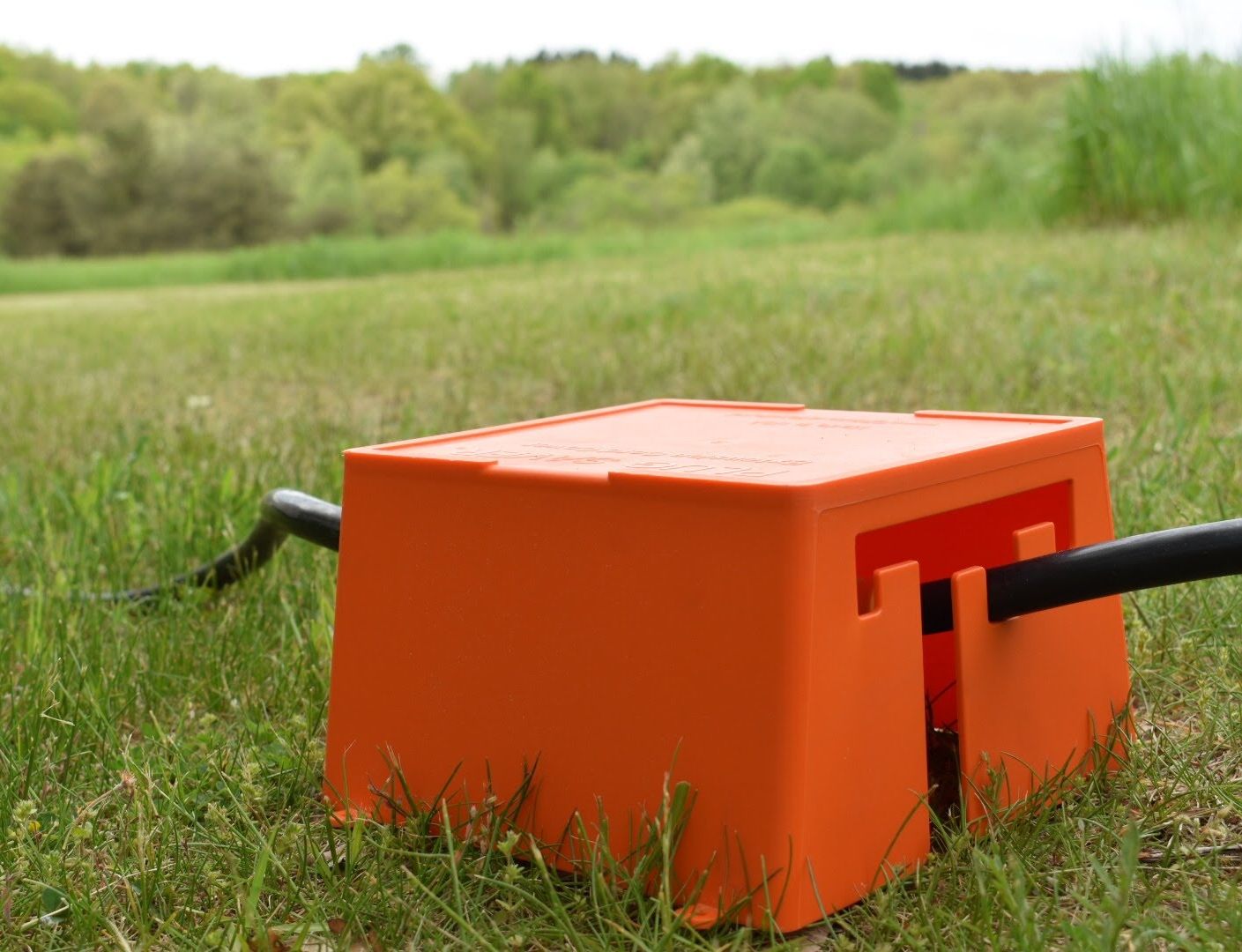

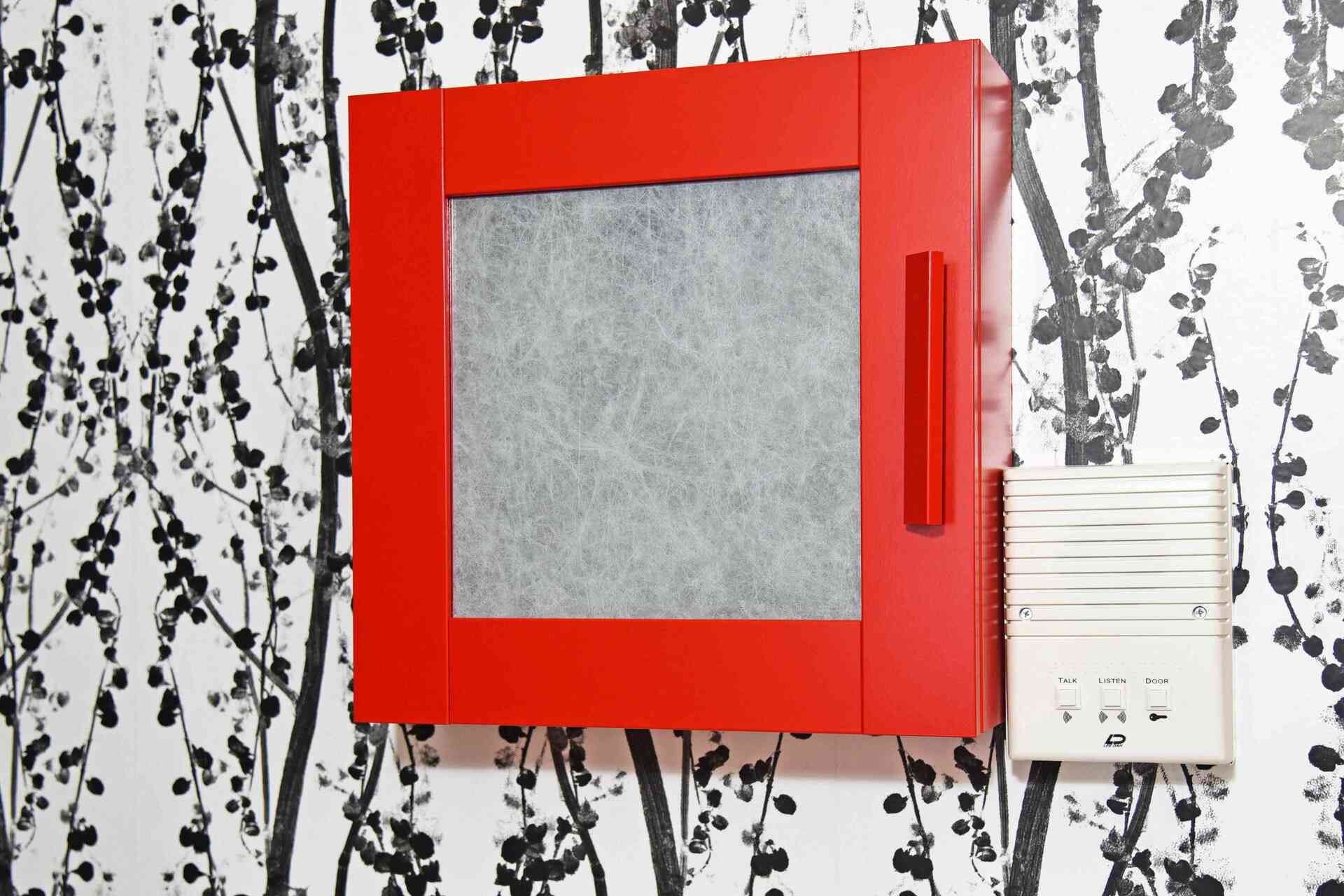
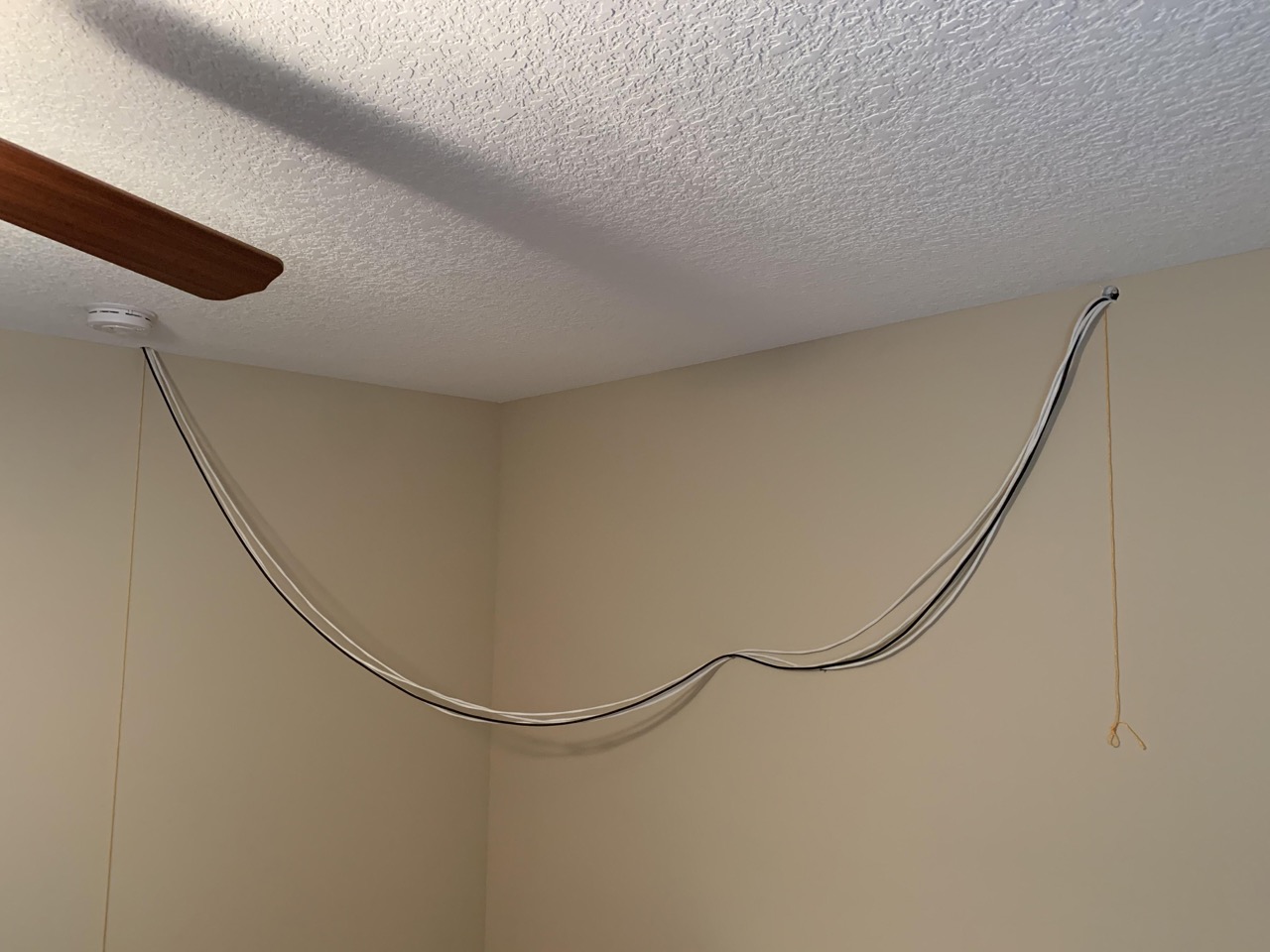
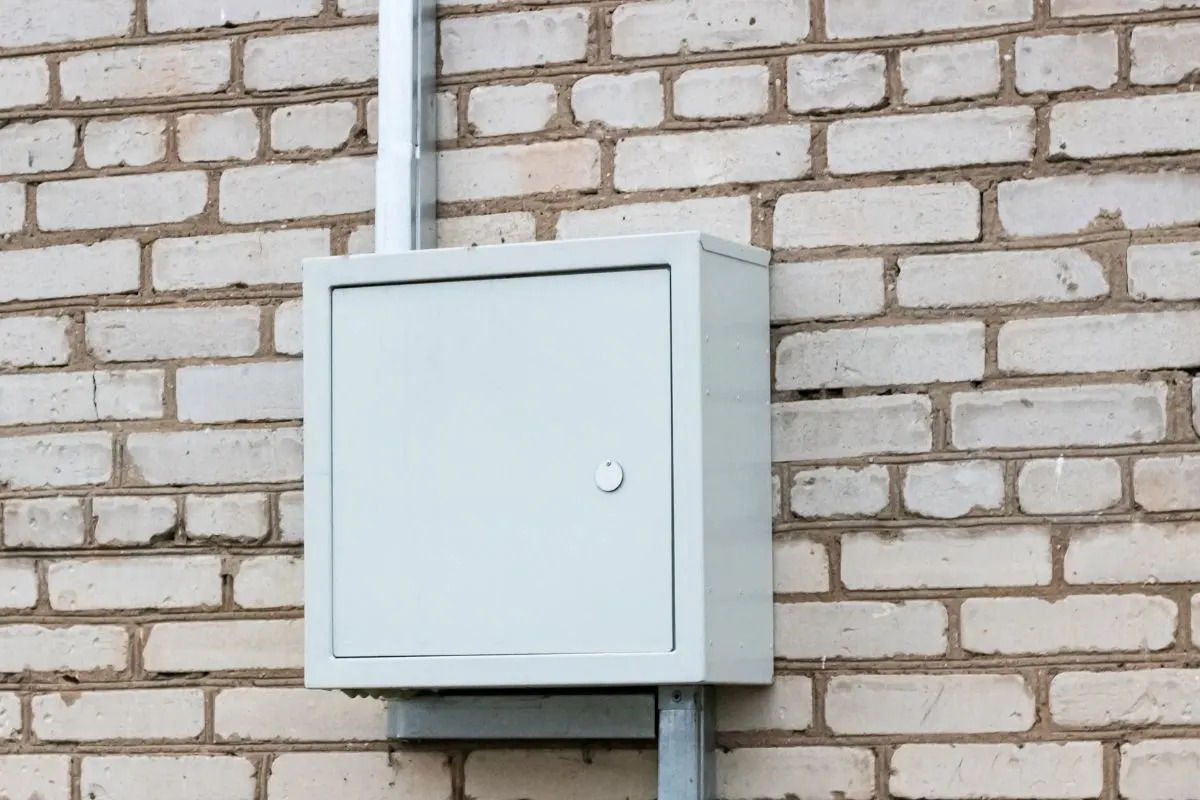
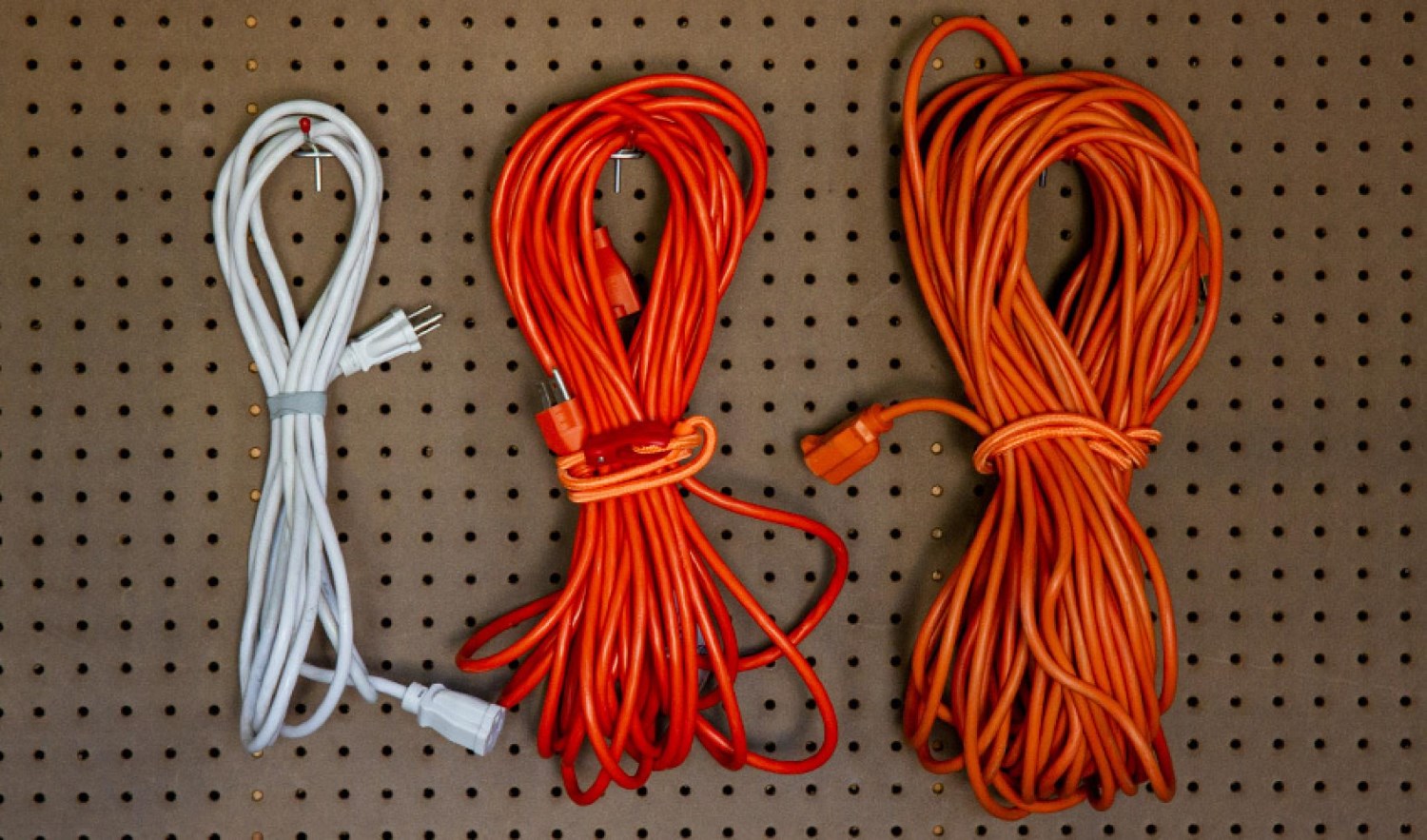
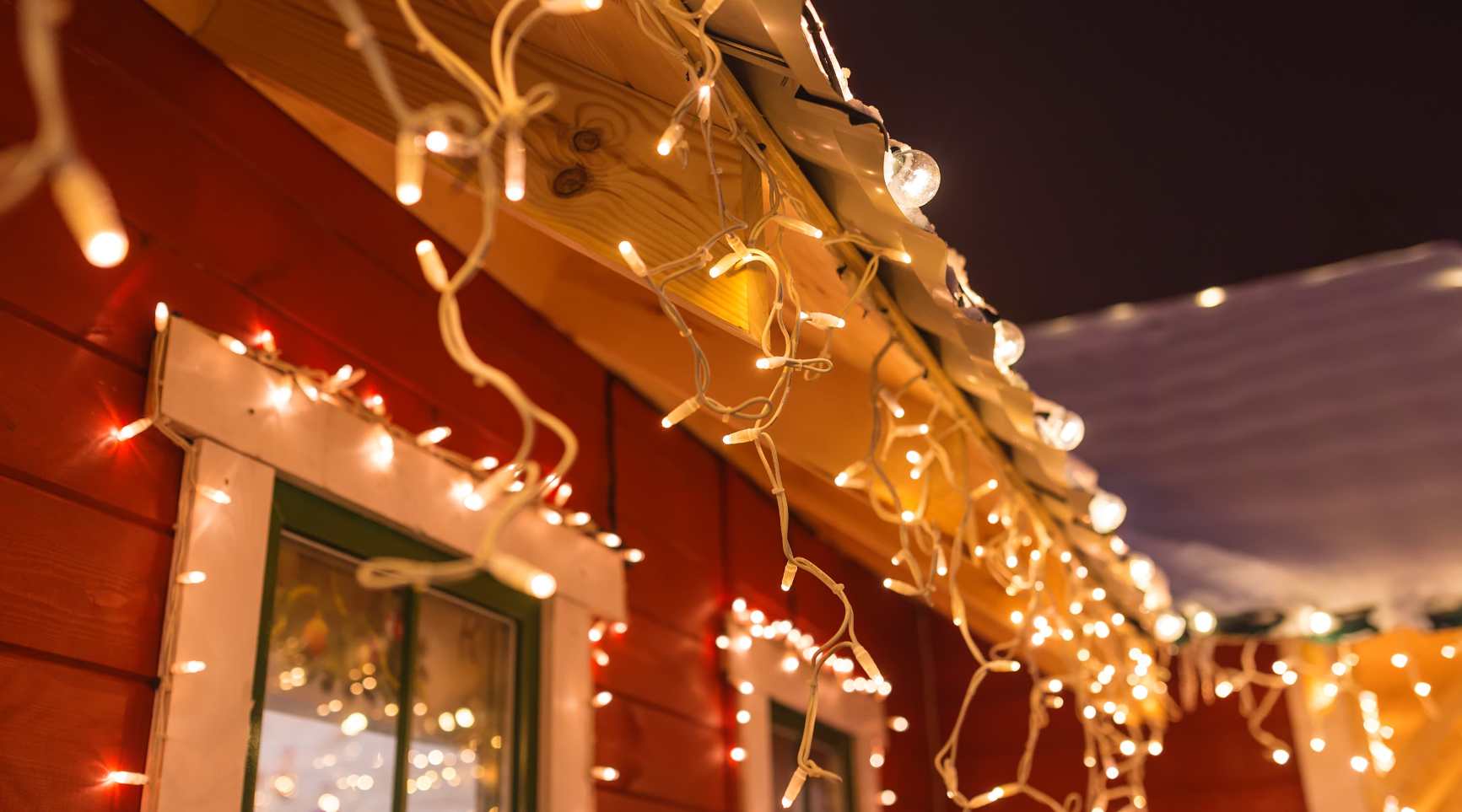
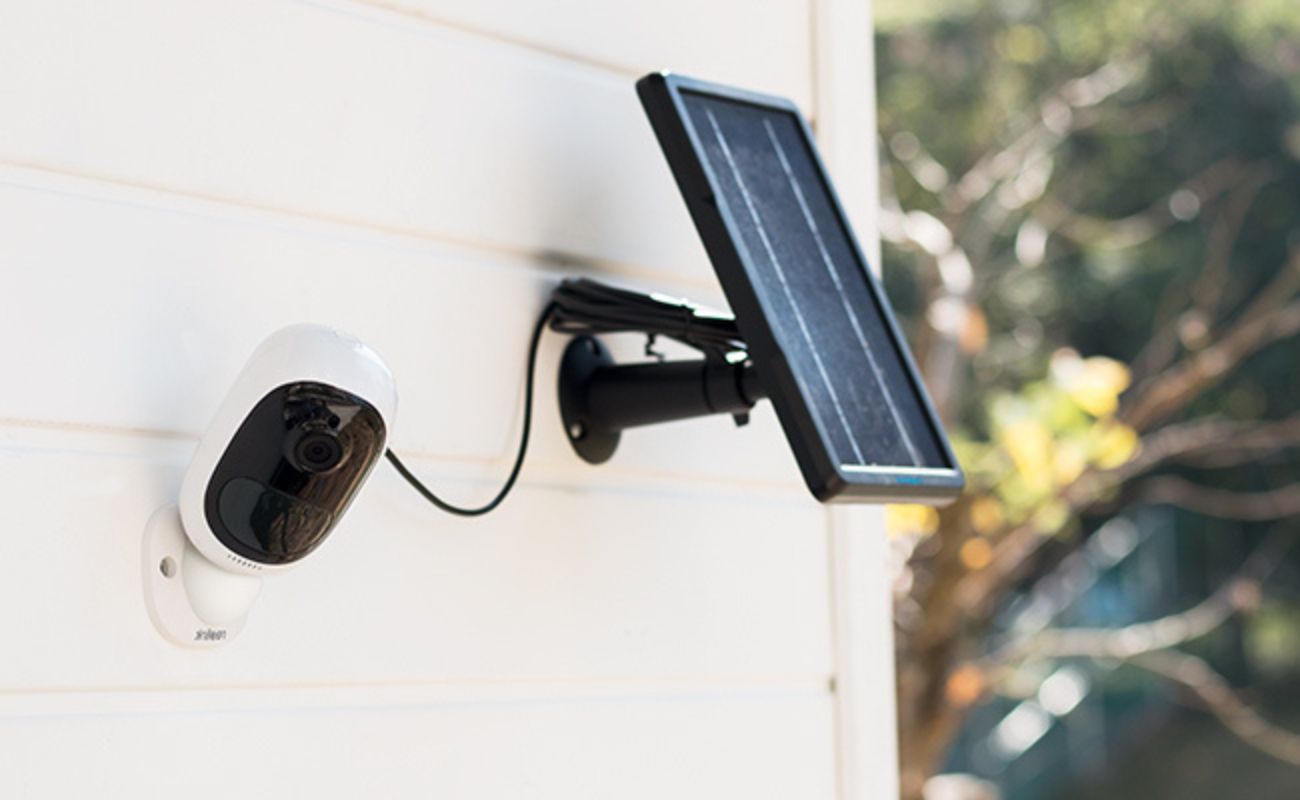
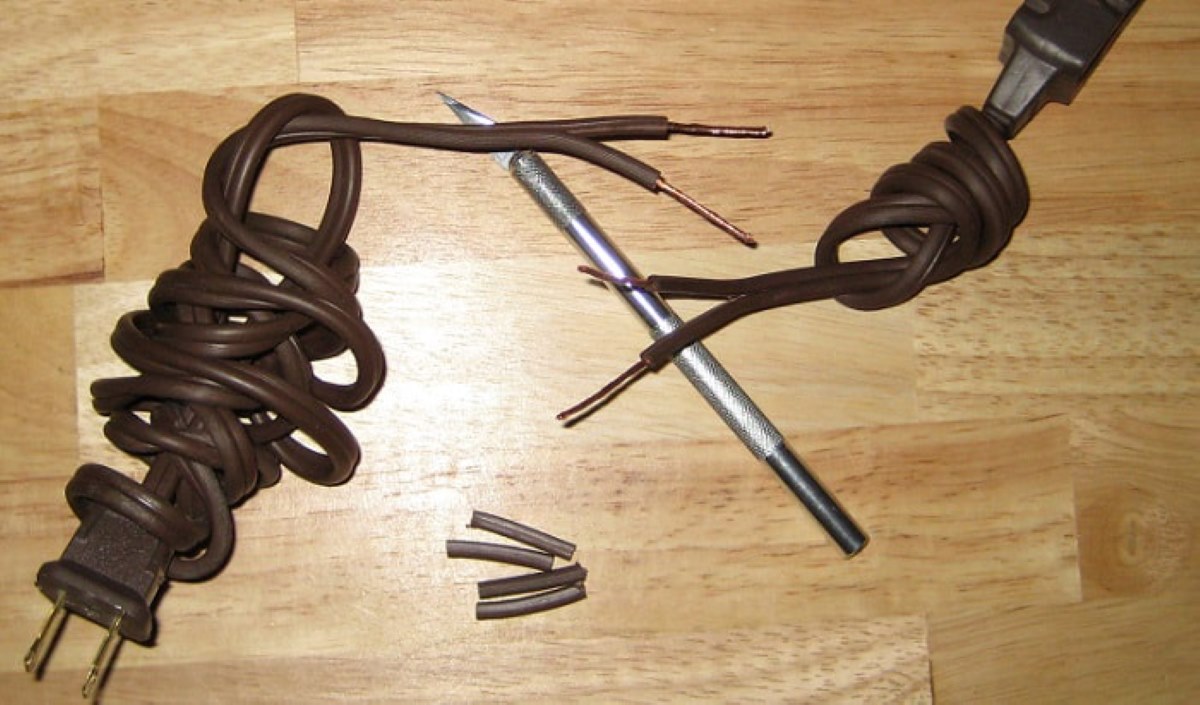

0 thoughts on “How To Hide Electrical Cord On Top Of The Carpet”